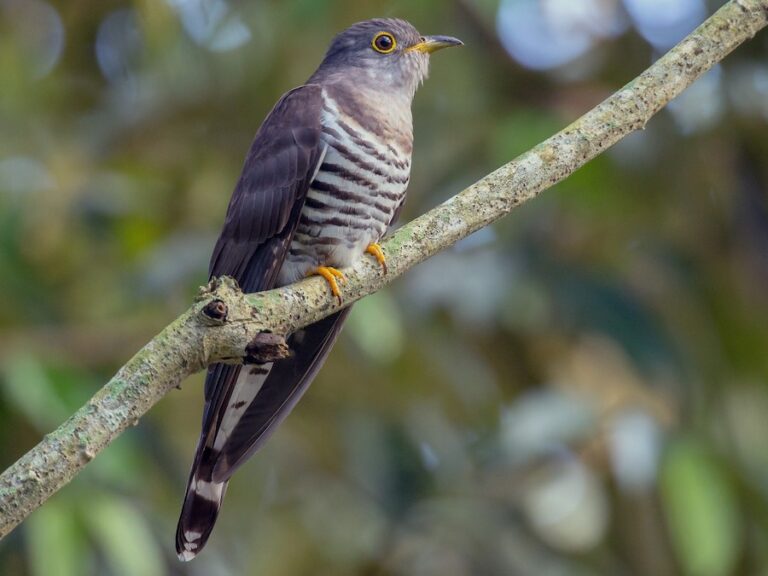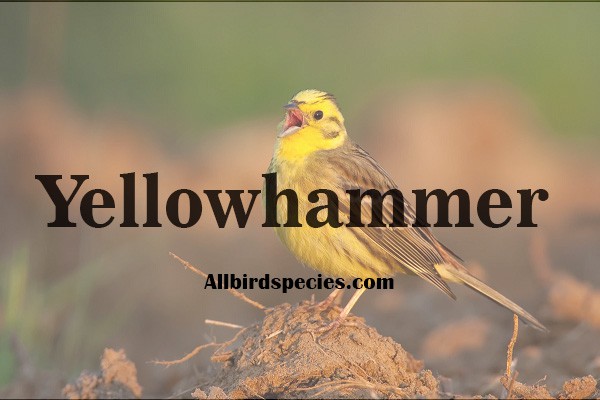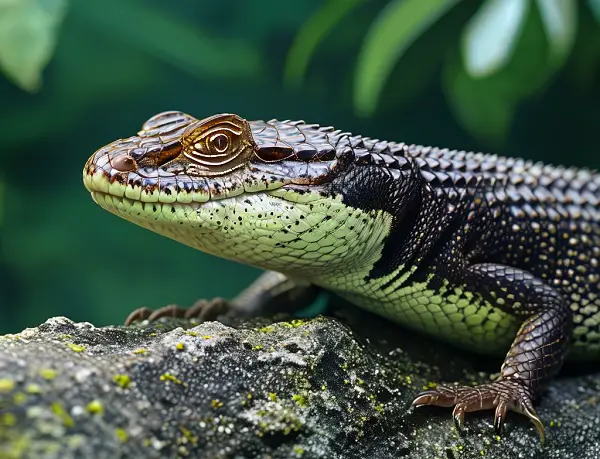Swallow-Tailed Kite Identification: All You Need To Know
Did you know the Swallow-Tailed Kite can fly up to 10,000 feet high? It travels long distances to South America. This bird is a sight to see in Florida and the southeastern U.S. It’s known for its amazing flying skills.
The Swallow-Tailed Kite stands out with its black and white feathers and long tail. It moves through the wetlands with grace. Bird lovers and nature fans will be amazed by its beauty and flying skills.
~Here we’ll learn about the Swallow-Tailed Kite (Identification)~
Fun Facts:
- Scientific Name: Elanoides fortificatus
- Weight: 300 – 600 grams
- Wingspan: 112 – 136 cm
- Lifespan: 6 years
- Diet: The swallow-tailed kite eats small reptiles, amphibians, large insects, small birds, their eggs, and even small bats. It’s always flying, never stopping to feed.
Introduction to the Swallow-Tailed Kite
The Swallow-Tailed Kite is a bird that catches your eye with its amazing flight and hunting skills. It is a beautiful bird of prey. It uses special flying skills to catch small prey in its home.
This bird stands out with its eye-catching looks and lively actions. It flies over wetlands and forests with ease. It can glide long distances with little effort. Its quick moves make it a unique bird.

Distinctive Features and Characteristics
The Swallow-Tailed Kite has features that make it beautiful and skilled. Its long, pointed wings and forked tail help it move fast and turn sharply. Its black-and-white feathers make it easy to see in the sky. These features help it hunt better.
| Characteristic | Details |
|---|---|
| Wingspan | Approximately 3.5 feet |
| Weight | 1.5 to 2.5 pounds |
| Plumage | Bold black-and-white with defined patterns |
| Habitat Preference | Swamps, marshes, and wooded areas |
| Hunting Techniques | Aerial acrobatics, gliding, and swooping |
Habitat and Range of the Swallow-Tailed Kite
The Swallow-Tailed Kite lives in the southeastern United States. It picks special places for nesting and hunting. These places are key for its survival and making more birds. Knowing where it lives helps us understand its behavior and how it adapts.
Preferred Environments in the Southeastern U.S.
This beautiful bird loves wilderness and wetlands. Florida is its main home. It nests in:
- Freshwater marshes
- Wooded swamps
- Lakeshores
These places give it lots of hunting chances and safe spots for its young. The kite’s range covers many southeastern states. This lets it use its amazing flying skills well.
Migration Patterns and Wintering Grounds
When summer ends, the Swallow-Tailed Kite starts a big migration to South America. They travel a long way to find warmer places and more food in winter.
This move shows how the kite adapts and relies on certain conditions. Watching these migrations helps us learn about their behavior and challenges. Knowing their journey is key to protecting them and their homes.
Related Video:
| Season | Location | Activities |
|---|---|---|
| Spring to Summer | Southeastern U.S. | Nesting and breeding |
| Fall to Winter | South America | Migration and foraging |
Diet and Hunting Techniques of the Swallow-Tailed Kite
The Swallow-Tailed Kite is a top-notch aerial hunter. It shows off amazing flying skills to catch different kinds of prey. It goes after flying insects but also catches frogs, lizards, snakes, and even baby birds in mid-air. This shows how it can adapt to various places to find food.
Aerial Acrobatics in Pursuit of Prey
This bird will amaze you with its incredible flying tricks. It uses sharp turns and tail movements to catch prey that others can’t. It can roll and dive backward, making it a great hunter in the sky.
Feeding Habits and Food Sources
The Swallow-Tailed Kite eats more than just insects. It catches small animals and brings them back to its nest for its babies. It even eats wasp larvae and uses wasp nests in its home. This shows how these birds can survive by eating a wide variety of food.
Breeding Behavior and Nesting
Swallow-tailed kites have unique ways of breeding and nesting. They pick tall trees near water to build their nests. These nests are big and safe, helping to raise their young.
Nesting Habits and Care for Young
They build large nests with twigs and branches high up in trees. This keeps them safe from predators. Both parents take turns sitting on the eggs, showing they care deeply for their babies.
- Both parents feed the young birds.
- Chicks eat small animals and insects.
- Early care is key for the young birds.
Community Dynamics Among Breeding Pairs
Swallow-tailed kites often nest close to other pairs, creating a community feel. This setup helps them in many ways, like staying safe and sharing resources. Nonbreeding birds might bring food to the nesting females, but they usually don’t get any.
This shows how these birds interact with each other. Their social behavior helps strengthen their relationships and teaches us about their lives.
| Aspect | Details |
|---|---|
| Nest Location | Tall trees near water sources |
| Nest Materials | Twigs and branches |
| Parental Role | Both parents share incubation and feeding duties |
| Diet for Young | Small vertebrates and insects |
| Community Interaction | Nonbreeding individuals offer food to breeding females |
Conservation Status of the Swallow-Tailed Kite
The Swallow-Tailed Kite’s conservation status shows a mix of ups and downs. It has stabilized a bit, but big threats are still there. Climate change is a big worry for its home.
Historical Population Trends
Long ago, the Swallow-Tailed Kite’s numbers dropped a lot. It became rare outside its southeastern home. Thanks to conservation, it seems to be doing better now. But, we need to keep watching to make sure it stays that way.
Current Threats and Climate Change Impact
Now, the main threats are losing its home and climate change. Wetlands, where it lives, are disappearing fast. Climate change might also change where the kite can live, so we must act to keep its home safe.
We need to work hard to help the kite. With the right actions, we can make sure it thrives. This way, future generations can still enjoy its beauty in the sky.
| Year | Population Estimate | Threat Level |
|---|---|---|
| 1920 | Declined significantly | High |
| 1970 | Low | High |
| 2000 | Stable | Moderate |
| 2020 | Stable | Moderate |
Read Our Previous Articles
| Hawks in Arizona |
| Crows Found in Florida |
| Hawks in South Carolina |
| Black Redstart |
| Cuckoo bird- Cuculidae Family |
Conclusion
The Swallow-Tailed Kite is a stunning bird in the sky. It shows off grace and skill in hunting. Its long, thin wings and black-and-white feathers make it stand out in the southeastern U.S. skies.
Watching these birds fly reminds us of nature’s beauty. We must work to keep them safe. We need to protect their homes and fight climate change.
You can help by spreading the word and joining local conservation groups. Together, we can save the Swallow-Tailed Kite for the future.
We all must love and protect the Swallow-Tailed Kite. Every little bit we do helps our environment. This way, we can keep enjoying these amazing birds for years to come.







